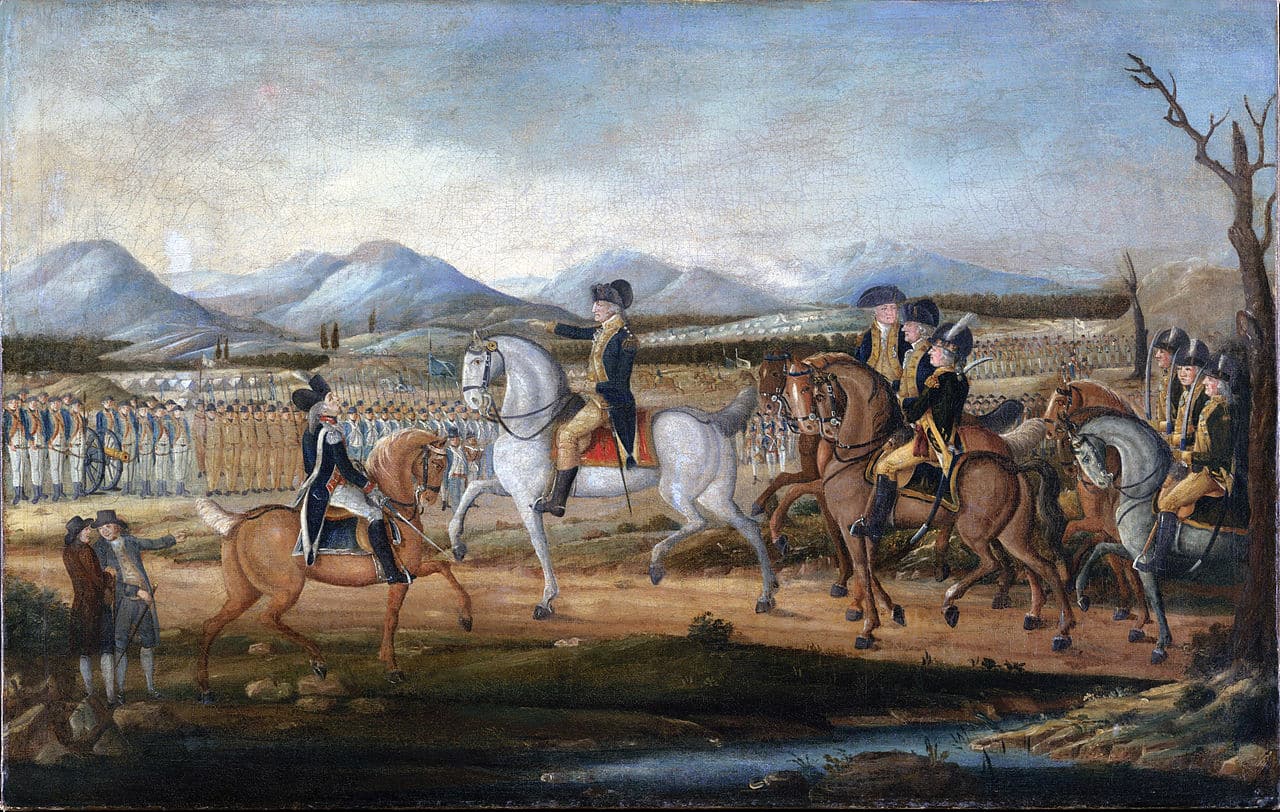The Insurrection Act was passed in 1807 during the Presidency of Thomas Jefferson. It empowers the president of the United States to deploy U.S. military and federalized National Guard troops within the United States in particular circumstances, such as to suppress civil disorder, insurrection, and rebellion.
The Insurrection Act has been used by many presidents with state permissions and sometimes without to protect American citizens against riots, Native American uprisings, Wild West wars, and other situations that required the federal government to get involved.
The Insurrection Act was most recently used on May 1, 1992, to handle the Los Angeles Riots.
Purpose and Content
The Act empowers the U.S. president to call into service the U.S. Armed Forces and the National Guard:
- when requested by a state's legislature or governor, if the legislature cannot be convened to address an insurrection against that state,
- to address an insurrection in any state, which makes it impracticable to enforce the law or
- to address an insurrection, domestic violence, unlawful combination, or conspiracy in any state that results in the deprivation of constitutionally secured rights and where the state is unable, fails, or refuses to protect said rights
The Insurrection Act of 1807 replaced the earlier Calling Forth Act of 1792, which had allowed for the federalization of state militias to suppress rebellions against the state governments.
The earliest use of this was during the presidency of George Washington when he suppressed the Whiskey Rebellion.

The Insurrection Act of 1807 Timeline
The Insurrection Act has been used throughout American History by many different Presidents from every political party. Here is a timeline of the times it has been used.
September 1792: George Washington raised the militia to put down the Whiskey Rebellion in Western Pennsylvania. The militia was led by Daniel Morgan and Lighthorse Harry Lee and was suppressed without a shot being fired. George Washington also personally led the force during a portion of the march.
April 19, 1808: Thomas Jefferson used the act to enforce the Embargo Act.
August 23, 1831: Andrew Jackson puts down Nat Turner's Slave Rebellion.
January 28, 1834: Andrew Jackson put down labor disputes from workers and management Chesapeake and Ohio Canal.
October 17, 1871: Ulysses S. Grant suppresses the Ku Klux Klan without state permission.
September 15, 1872: Ulysses S. Grant stops unrest following the Louisiana gubernatorial election.
May 13, 1872: Ulysses S. Grant invoked the Insurrection Act to suppress the Brooks-Baxter War.
October 7, 1878: Rutherford B. Hayes sends federal troops to end the Lincoln-County War which the notorious Billy the Kid had participated.
July 7, 1894: Grover Cleveland suppresses the Pullman Strike in Chicago, Illinois.
April 28, 1914: Woodrow Wilson sends federal troops to end the Colorado Coalfield War
July 22, 1943: Franklin D. Roosevelt invoked the Insurrection Act to suppress the Detroit Race Riots.
September 24, 1957: Dwight D. Eisenhower uses federal intervention without state permission to enforce desegregation laws and protect the Little Rock Nine.
September 30, 1962: John F. Kennedy subdues the Ole-Miss Riot of 1962.
September 10, 1963: John F. Kennedy enforces desegregation laws in Alabama.
July 24, 1967: Lyndon Johnson puts down the 1967 Detroit Riots.
April 5, 1968: Lyndon Johnson sends federal troops to end the Washington D.C. riots.
April 7, 1968: Lyndon Johnson used the Insurrection Act to send troops to Baltimore and Chicago to end riots.
September 30, 1989: George H. W. Bush used the Insurrection Act to maintain peace after Hurricane Hugo in the Virgin Islands.
May 1, 1992: George H. W. Bush suppresses the Los Angeles Riots of 1992
